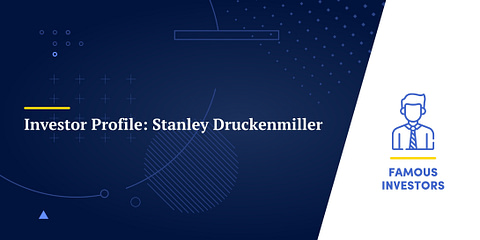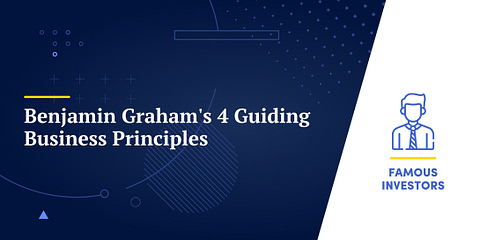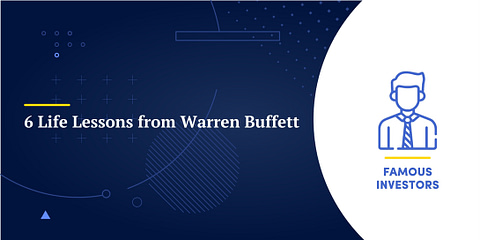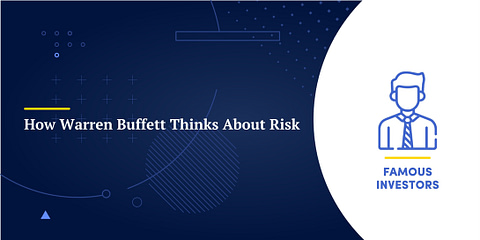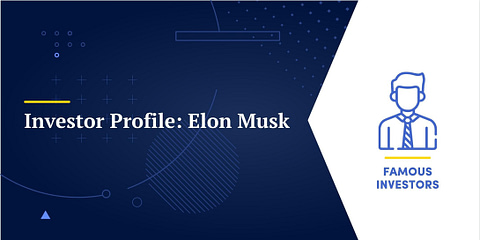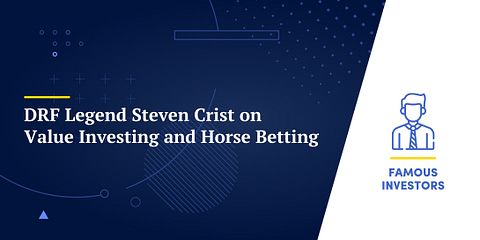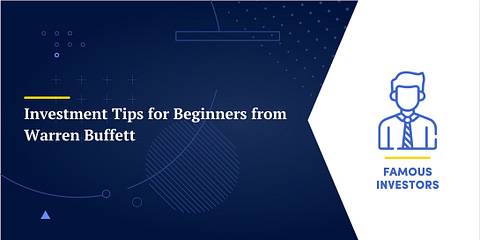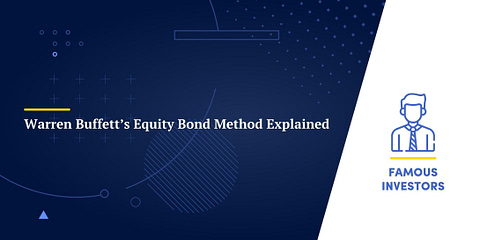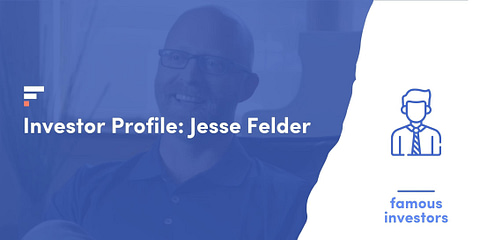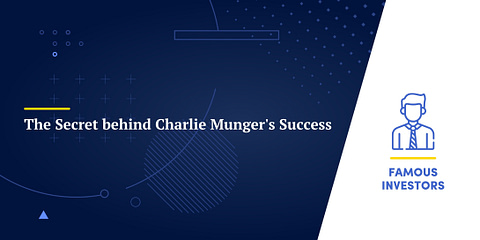In “Investor Profiles,” we’ve covered widely known and controversial investors like Cathie Wood and Michael Burry.
None are as famous or controversial as George Soros.
The billionaire is famous for achieving outstanding returns over decades and for daring and controversial trading actions.
He is also a famous philanthropist and activist with a decisively left-leaning direction. This has made him into a sort of bogeyman for part of the far right, and conspiracy theories about Soros abound.
Here we will mostly look at George Soros the investor and what we can learn from him, along with what made him such a controversial figure.

Who Is George Soros?
George Soros was born in Hungary in 1930. He survived the nazi occupation as a teenager and moved to England in 1947. He acquired a Master’s degree in philosophy at the London School of Economics.
After working in banking, he started his own hedge fund in 1969, at age 39. His funds (later named Quantum Fund) grew from $12M under management in 1969 to $25B in 2011.
Over time, Soros’s fund has returned an average of 20% yearly, making him rightfully a legendary investor in the company of Warren Buffet or Seth Klarman.
Among the master strokes in Soros’s investing career earned him the title of “the man who broke the Bank of England”. By betting against the pound sterling, he made a $1B profit and force the British currency to evaluate brutally.
Soros was also blamed for the currency crisis in South-East Asia in 1997, even if these claims seem improbable, as Soros’s fund lost money in that crisis.
The Reflexivity Insight
Another major achievement of Geroge Soros is a contribution to economic theory: the idea of reflexivity (follow the link for a lengthy discussion of the concept by Soros himself).
This idea runs contrary to the efficient market theory. It postulates that reactions to events by financial actors can have a retroactive effect on the events themselves. Future events are shaped by present expectations, instead of being independent phenomena. It also emphasizes that these expectations are driven more by perception than by rational facts.
According to Soros, reflexivity can create the kind of stock price action we’ve seen from Amazon or Tesla stock. Rising prices raise expectations in the investing public, which in turn creates future stock prices driven purely by expectations. Rising prices cause rising prices.
Going further with this idea, rising stock prices allow the company to finance its growth and give it a generally higher profile, giving it a greater chance to succeed as a business.
So to the extreme, with reflexivity, the company’s success is the consequence of its stock price rising; reversing the usual logic of financial markets (strong fundamentals driving prices in the long run). Here prices can be the driver of fundamentals instead, and create their own reality.
Soros’s Writings
Soros has written 3 major books: The Alchemy of Finance, The Crisis Of Global Capitalism, and The New Paradigm for Financial Markets.
The Alchemy of Finance is the best option to understand and learn Soros’s investing principles. It also includes detailed explanations of past trades.
The two other books are more philosophical and discuss what in the eyes of Soros does not work with modern capitalism and markets.
You can also find other writings and essays by Soros on his website.
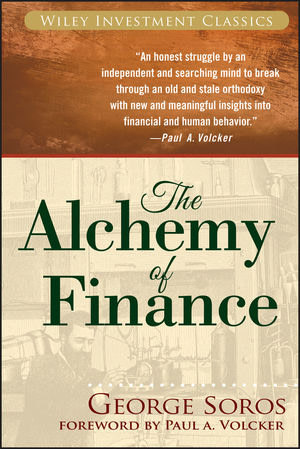
George Soros’ Investing Strategy
Contrary to most “legendary” investors, Soros can be better described as a speculator than a long-term investor or a value investor.
He usually took leveraged positions betting on price actions occurring in the near future (almost never more than 2 years). This can be speculation about stocks, entire sectors, or regions, but also currencies as we saw for the British pound or South-East Asian currencies.
The basis for his bets is a perceived discrepancy between expectations by the “herd” of investors and what he sees as a probable future. Another point is a focus on what is not YET priced in, as explained by his partner Druckenmiller (emphasis mine):
You’ve got to think out of the box and visualise 18 to 24 months from now what the world is going to be and what (level) securities might trade at… what a company has been earning doesn’t mean anything, what you’ve got to look at is what people think a company’s going to earn and if you can see something in 2 years that’s going to be entirely different than the conventional wisdom, that’s how you make money.
Stanley Druckenmiller
The key to Soros’s success has been the proper handling of statistics and risk. Like in his bet against the pound: downside risk was limited to a few percent losses of the portfolio, but upside potential was in the 100%-300% range.
Humility and the ability to admit that he was wrong early also played a role in limiting potential losses.
I’m only rich because I know when I’m wrong.
George Soros
Lastly, Soros loves finding situations where markets are distorted by government actions, especially with “experimental economics”. If the central bank or the economic policies are interfering with free markets or the currency, there is probably a huge potential for gain somewhere, somehow.
George Soros’s Opinions on Current Markets
Looking at Soros’s trading book is not very helpful in finding an overall trend of opinion about the market. There are A LOT of trades every quarter and a very diversified portfolio. This is not surprising considering he is mostly taking bets on individual situations and short-term trends, using leverage to amplify the effects of the bets.
Some of his more recent declarations are mostly dire warnings, notably to BlackRock, about investing in China and a looming economic crisis in the country. But this might be tainted by his personal opposition to China’s leadership and political opinions; after all, he called “Xi Jinping ‘the greatest threat that open societies face today“.
Similarly, Soros has been known to make alarmist warnings about the Trump presidency or the future of the EU.
I would recommend investors learn from Soros’ methods and past trades more than trying to replicate his positions. These might be very circumstantial, depend on non-publicly available information, or be short-term trade already over by the time the greater public is made aware of them.
I would be even more skeptical about investment based on his often politically charged public declarations and warnings. Those might be designed more to affect global politics than to be taken as a straight investing opinion.
Soros’ Controversies
As I mentioned, George Soros does not shy away from controversy. He has been a very active philanthropist, giving away most of his fortune. His donations have mostly gone to the Democratic Party or to causes perceived in the US as left-wing, like open borders or human rights and minority rights. As a result, his son has described him as the “white supremacists’ favorite target” and “an obsession for the right” to The Atlantic.
This can go as far as the leadership of whole countries like China, Hungary, or Russia defining opposition to Soros as a national strategy.
I leave it up to you to make your own opinion with a mix of left and right-leaning articles in the links before.
As investors, we should not let this affect our judgment of Soros’ investing acumen, especially as his trading strategy has never been reliant on his political opinions. Whatever you think of his political opinions, his investment success is beyond dispute.
Conclusion
Soros is a fascinating figure, whether you see him as the devil incarnate, a heroic defender of the liberal order, or anything in between.
Soros the activist often makes people forget the remarkable returns achieved by Soros the investor. These returns are especially remarkable as Soros, a speculator to the core, is as far away as possible from the more classic breed of “super-investors”: with a long-term growth focus or the classical value investing type.
Soros’s style of investment is not for everybody. It requires nerves, contrarian thinking, and the ability to take risks with high leverage. It also requires enough humility to unwind the wrong calls soon enough, before they do too much damage.
If anything Soros should be remembered for his trading/investing discipline:
- Always place bets that are skewed to the upside with a limited, controlled downside.
- Give up quickly when you were wrong.
- Find market distortions that are bound to break but are not priced in yet.
- Reflexivity means objective reality can be irrelevant or even changed by people’s perceptions, even if those perceptions are not based on facts.
These core principles are likely to endure far beyond any of the political controversies surrounding Soros.





